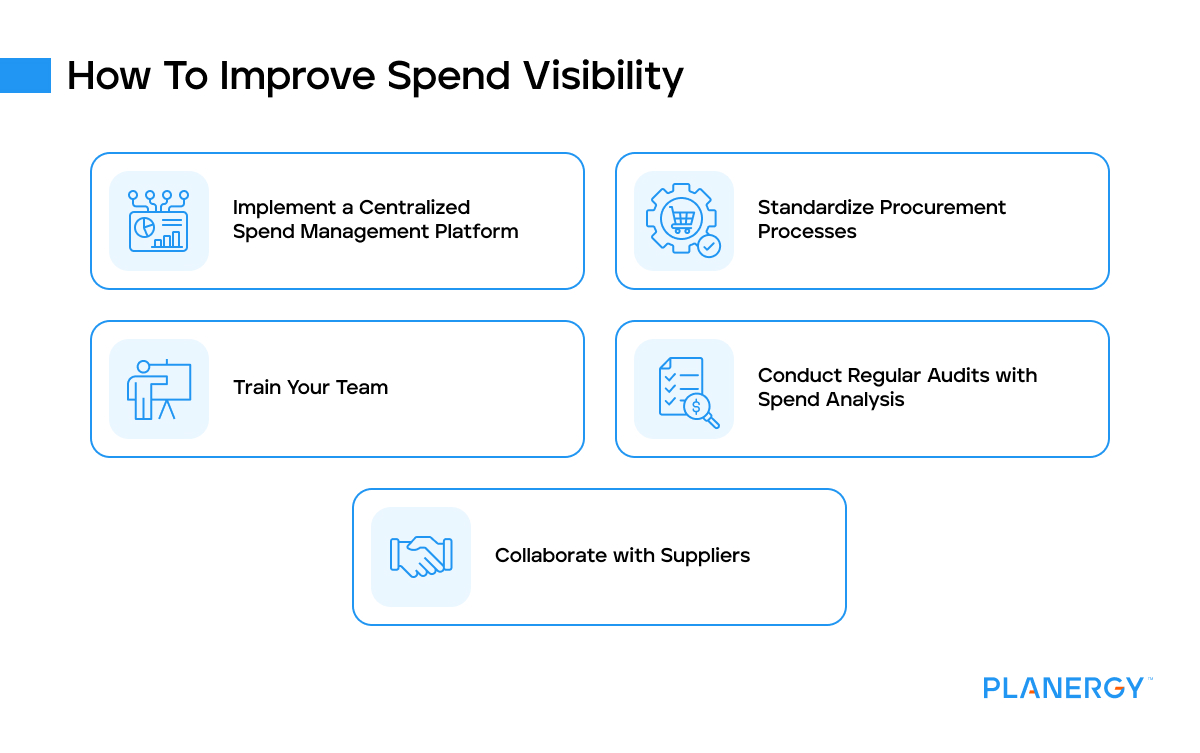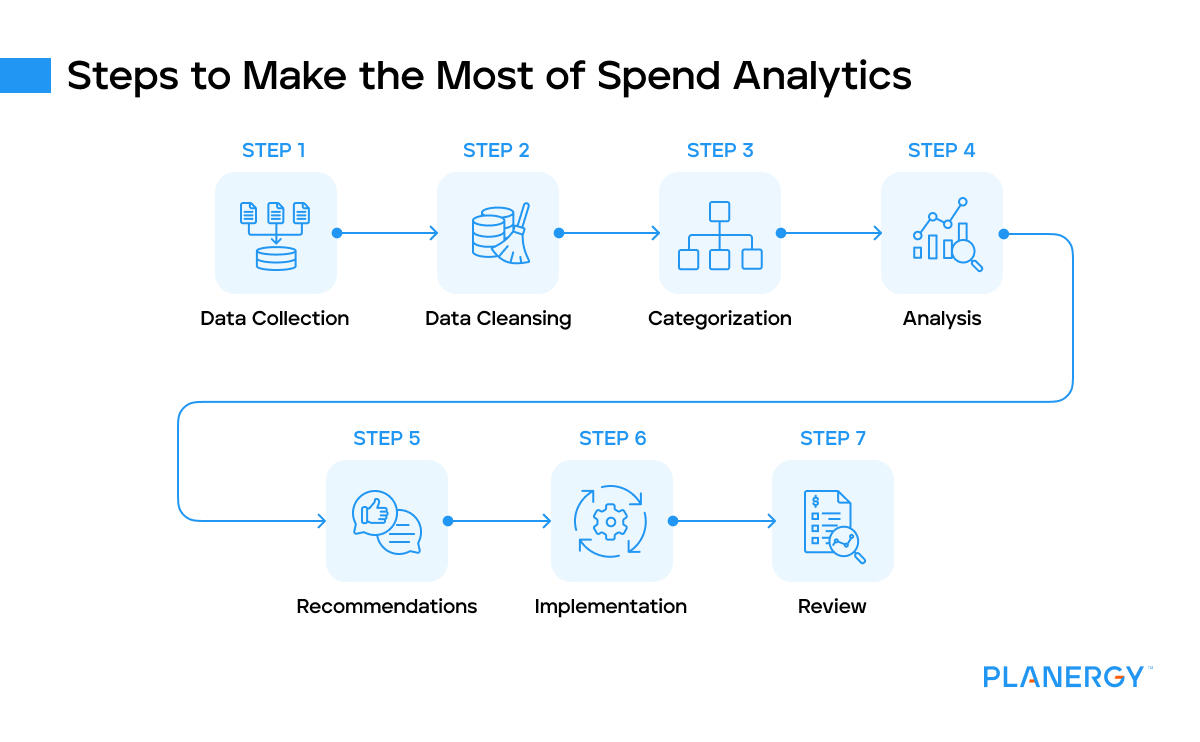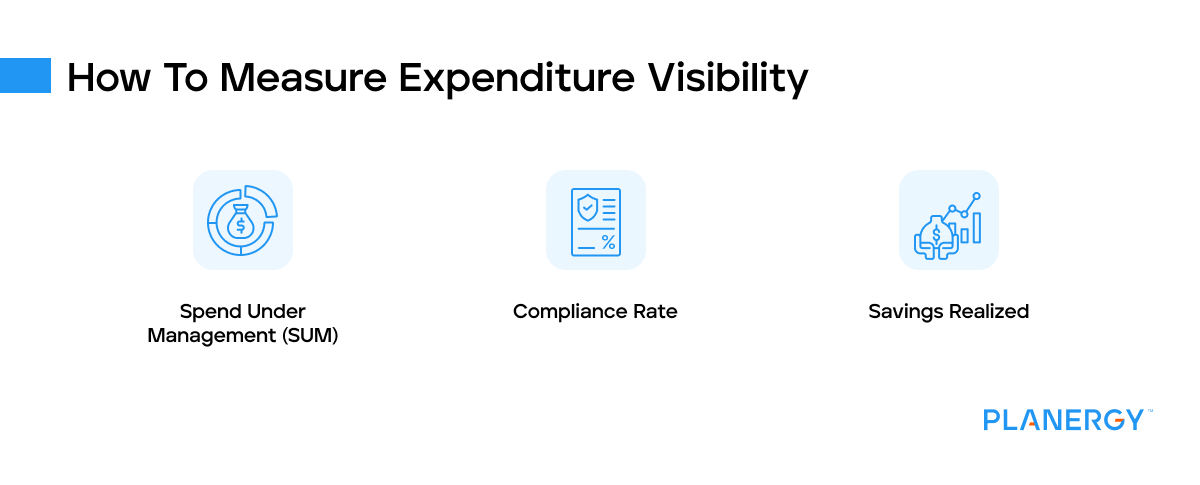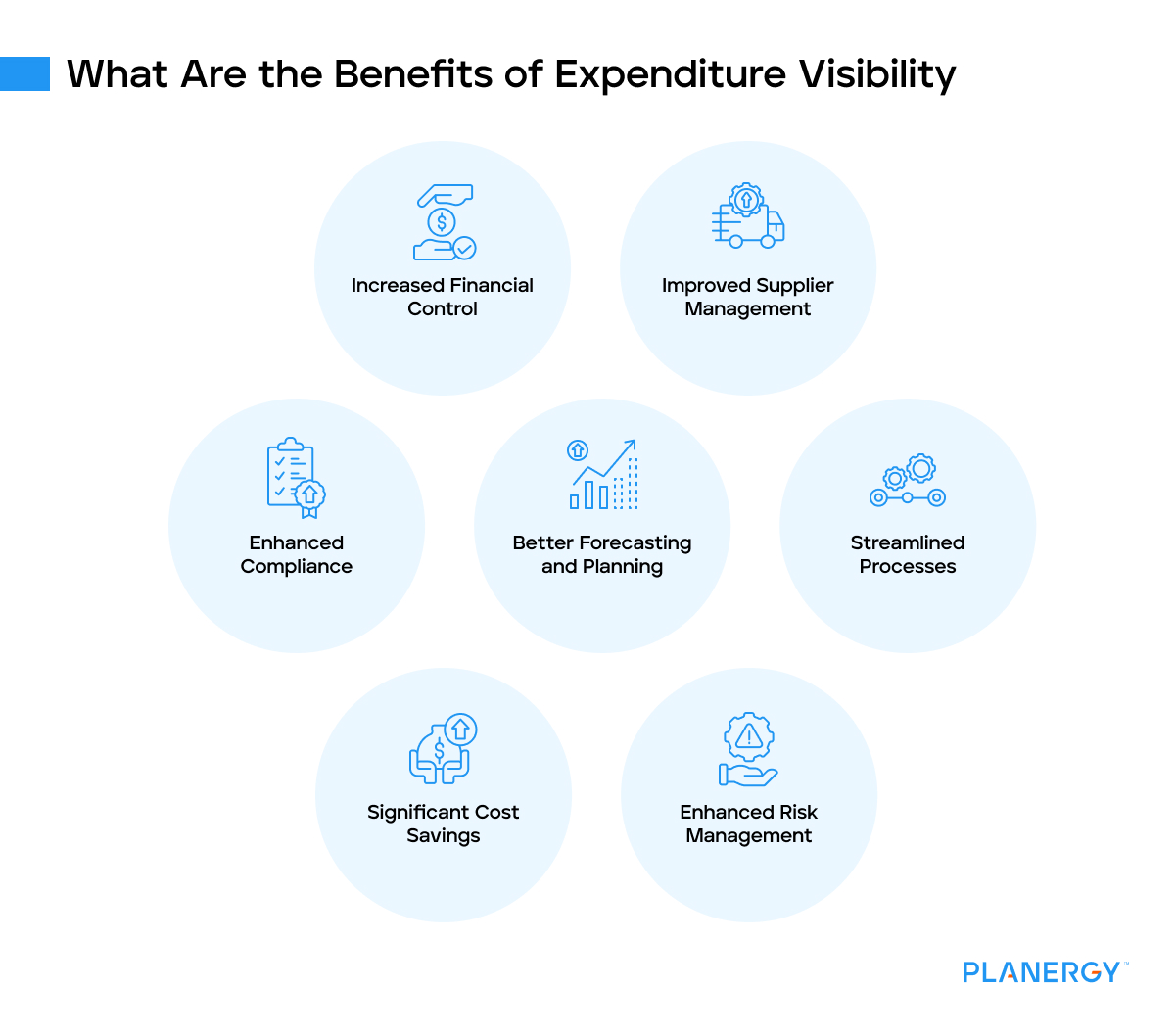It’s happened countless times – and it’s the reason why many companies go under.
Companies don’t get a realistic look at their spending or don’t even care to do it.
And after this happens for a while, the company either has to restructure itself with new staff or close its doors completely.
The pattern usually goes like this:
The CEO takes risks and funds large, ambitious projects.
The company delivers a modest performance. Board members start to ask major questions.
The CEO must answer to the board and defends their choices. The board asserts their control and fires the CEO. Instead, they hire a CFO to take over the CEO’s job.
The CFO, hired to bring costs down, stops working on passion projects and obsesses over the bottom line. To get the company back above water, the CFO initiates massive layoffs and keeps the CEO position as long as there is profit.
The issue is a bit more complicated, of course, but that’s the gist of it.
Companies and investors have worked under the impression that their choices are limited when it comes to the kind of leader they can hire.
Most of them think they have only two options:
- Hire a visionary leader to foster an innovative company that pushes the envelope.
- Hire a CFO because they can get a tighter grip on the financial situation with better fiscal controls by cutting jobs and costs without giving it a second thought.
There doesn’t seem to be any consideration to hiring someone who allows the company to remain innovative while keeping themselves fiscally disciplined.
That’s why spend visibility matters so much to your business.
Fab, once the most funded startup in New York City, raised $336 million in capital, only to find that they had spent $200 million of it in less than two years.
It’s not the amount of the spend that really matters here, but the fact that the company failed to realize they’d spent so much of their capital investment.
They realized it later when it was too late. A year later, the company ran out of money and went under.
Though it may seem like Fab went under because they weren’t tracking their spend, that’s not the case.
The issue is the lack of spend visibility, which is much more than tracking spending itself.








